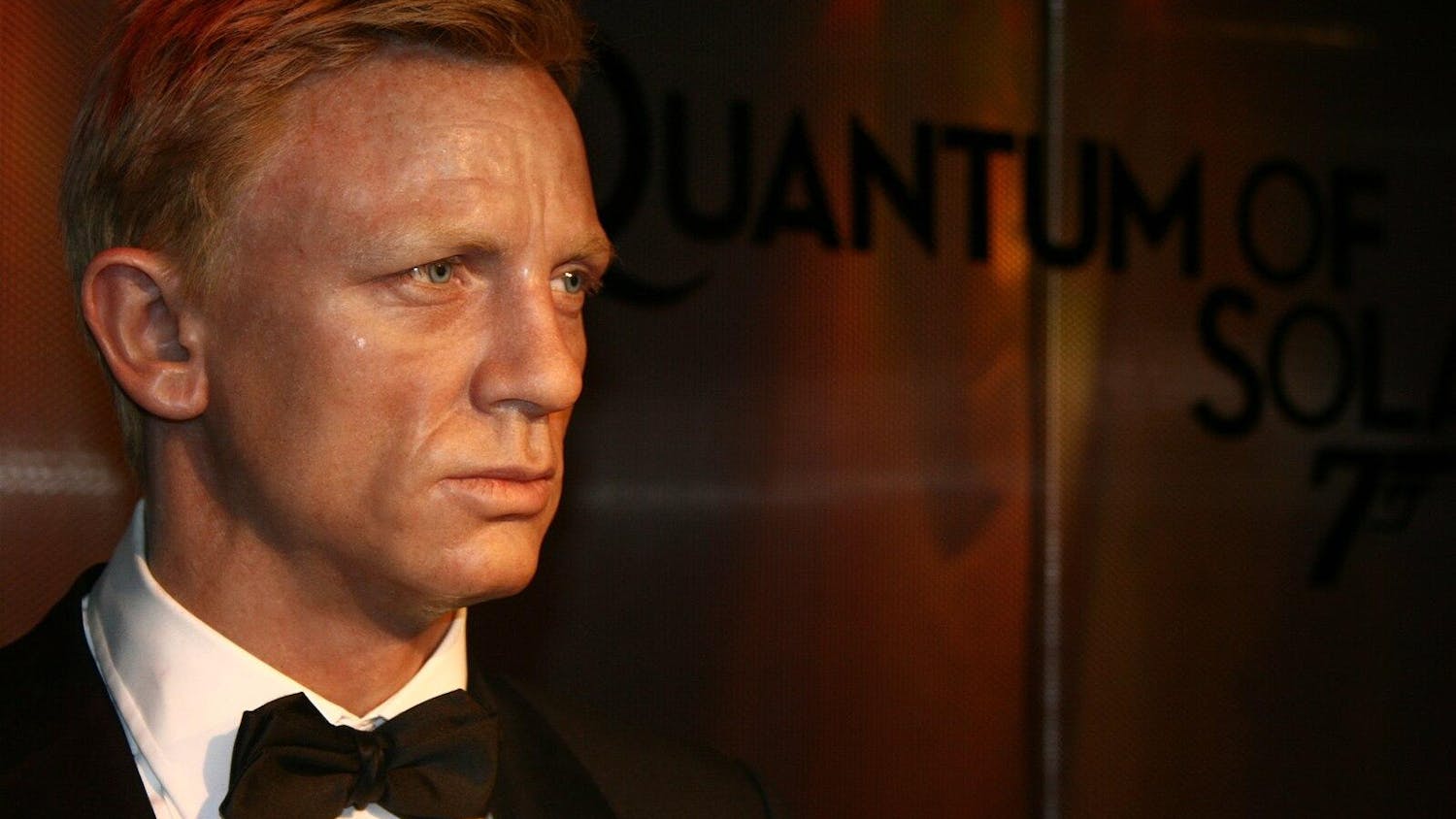Near the heart of the lively city of Boston is a dimly lit space of meditative stillness. Currently, the School of Museum of Fine Arts (SMFA) at Tufts is hosting “Suara Welitoff: Right Now This Moment,” an exhibition of selected works by filmmaker Suara Welitoff.
Suara Welitoff (1951–) is an artist based in Cambridge, Mass. Welitoff has a rich exhibition history, including various personal exhibitions and museum exhibitions at prestigious venues such as the Museum of Fine Arts and the Institute of Contemporary Art Boston. Welitoff’s signature style utilizes endlessly repeating short films, some of which are so simple that they seem to be displays of still images.
“Right Now This Moment” includes films that are either visually or conceptually abstract. Welitoff cherishes the present moment as an admirable end to itself. Some films simply feature phrases such as “Five Years Later,” or a burst of simple color. Other films, though seemingly more concrete as they showcase scenarios with people, are just as obscure conceptually as their counterparts are visually. These scenarios are composed of short snapshots taken out of context from some larger narratives, each constituting an individual, closed system of movement, color, shape and time of its own, instead of as part of a larger entity. The curatorial choice to omit wall plaques for all the films frees them from the confines of external relationships: the films exist in isolation, not as a theoretical compilation of factual knowledge.
Welitoff’s self-repeating films are like living beings without a past and future. At any given point in time, the films do not change their appearance. Existing in a "vacuum” of the present, the films challenge people’s conventional cognitive approach to recognizing or understanding just about anything. People's understandings are relative — they are used to defining other people and items by their histories and possible future states of being or courses of action. For example, upon meeting a new person, one is naturally drawn to wondering about their background; before buying a new electronic product, most people research its functions, which are, in a sense, its future possibilities. One rarely defines anyone or anything merely based on their palpable presence. By demystifying the past and the future as the ever-reaching bilateral extensions of the present, Welitoff’s films command the audience to meditate on the nature of 'now,' paying homage to Andy Warhol’s similar 'nonsense' films: “Sleep” (1964) and “Empire” (1965).
However, Welitoff does not disregard the past. Instead, with her films containing text, Welitoff invites her audience to revisit the sentimental parts of their past. One of the 'word' films displays the sentence “I want to tell you something” against a black background. The unidentified fictional utterer of the sentence moves the audience as both a relatable and a truthful character. Given no further information, the audience is free to imagine the faceless speaker as anyone. The rather still film is made even more poignant by the fact that it carries a sense of unresolved suspense. Though the unidentified speaker expresses the will to reveal something, they do not realistically do as they say: The audience still does not and will never know what this “something” that the speaker “[wants] to tell [them]” is. Therefore, the film sinks its audience in a sea of possible emotions of the speaker: shame, excitement, mischief, etc. The emotional subtlety and dynamism within this word film of Welitoff’s is similar to the signature neon-light words of contemporary British artist Tracey Emin, which also radiate nostalgic sentimentality against smoky, dark backgrounds. Both Welitoff and Emin open the door of self-assessment and self-reinterpretation via reflection of the past for their audience.
The exhibition stays open in the Grossman Gallery at the SMFA until April 7.
'Right Now This Moment' makes time, memory palpable

A still from 'Five Years Later' is shown.





